Suzanne Martinez, co-owner of Lang Antique & Estate Jewelry, discusses the online resource her company has been running since 2000.
How has the Antique Jewelry University (AJU) evolved in the past 23 years?
It is hard to believe it has been 23 years. Continuing education has been one of the basic tenets in everything I do, and I love sharing information. When I was a novice, I met Christie Romero, a great jewelry history scholar, and she was a great inspiration. She is no longer with us, but before she passed, she gave AJU her timeline. The timeline is all about what was happening in the world to inspire the creation of the jewels we love. It explores the inventions, events, discoveries and technological innovations that joined forces to inspire jewelry design. Between her timeline and my 1,000-term glossary, Antique Jewelry University was established.
We originally started it as a Wikipedia [for jewelry], but found our community was more in need of information than rich in information to share. We began responding to our community’s needs by doing original research and creating the resource that AJU is today, so that our users can expand their knowledge in the fabulous world of jewelry.
We have been incredibly blessed to have a team of researchers, writers and photographers on our staff that have made AJU what it is today. They include Mary Borchert, our head writer and AJU administrator; Lisa Jones, writer; Cole Bybee, photographer; Alison Floyd, systems manager; Starla Turner, hallmark researcher; Emily Friedricks, photographer and social media; and Nicole Corsini, marketing manager. It definitely takes a village.
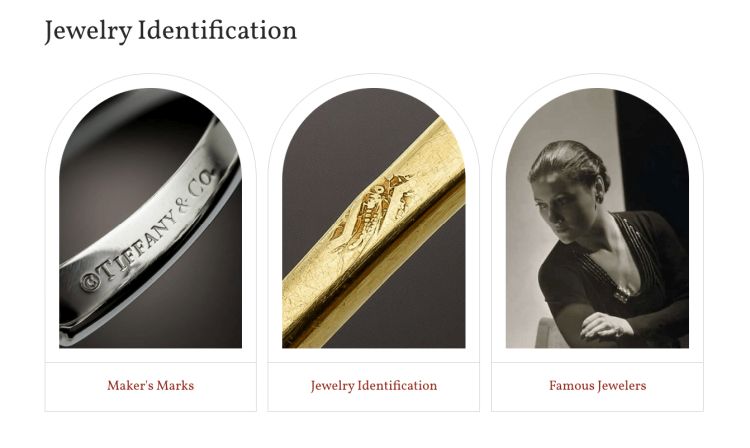
What have been the most popular sections?
By far, our most-visited section is “Jewelry Identification” [under the “Makers & Marks” section of the website, which also includes information on] maker’s marks…and famous jewelers. Thousands of jewelry pieces pass through our hands every year, and we research all marks. Even though we have a library of maker’s marks, we cannot always identify them, but when we can, the marks are photographed and a bio is created for the maker [in] our maker’s mark database. Whether it is a jeweler needing the information for a piece they are appraising or selling, or a private individual wanting to know who family heirlooms were made by and where, this is the place to look.
There are many different levels of users. The novice is looking to start their jewelry journey, perhaps to research their own jewelry and learn the basics. The advanced or professional user is building knowledge and using it professionally. They are appraisers, auctioneers and jewelry dealers researching particular items to identify when and how [the pieces were] made — and if possible, their makers — to share with others. Our expert users are passionate jewelry historians taking a deep dive into history, gemology and technology.
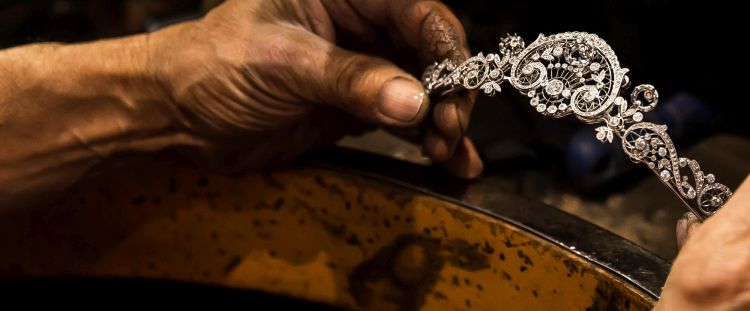
Which eras are particularly popular?
The 50 years between 1890 and 1940 encompass the most popular decorative periods in jewelry history and include late Victorian/early Edwardian, Art Nouveau, Edwardian and Art Deco. They all have unique merits, and most collectors include all these decorative periods in their collections. Our “Jewelry History” section unravels the mysteries contained in the jewels created through time, including the who, what, where and how.
What do you see as the next stage for AJU?
We have recently started a blog, Learn with Lang. The blog started with the era overviews, basic terminology, and making jewelry collecting personal. Our goal is to layer the information and refer to our in-depth articles and link to jewelry images, as well as teaching people how to care for their jewelry. We use beautiful imagery and link the information to our social media.
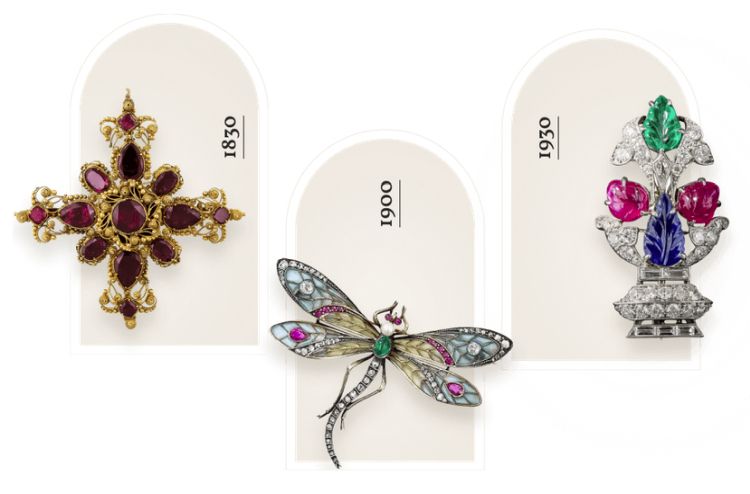
How do you share your extensive expertise offline, too?
I have been involved with the Gemological Institute of America (GIA) Alumni Collective since 1988. I work in partnership with Starla Turner. We bring pertinent and historical information to our local chapter, as well as [through] Zoom meetings to the west coast, including Vancouver. Starla and I have lectured to the American Gem Society (AGS), the Northwest Jewelry Conference, the Association for the Study of Jewelry and Related Arts (ASJRA), and the GIA Alumni Collective. We bring historic and practical information to jewelry professionals and teach them how to identify antique, period and reproduction pieces. Starla is a Gemmological Association of Great Britain (Gem-A) tutor, our head gemologist, and does our hallmark research. We make a great team.
Main image: Suzanne Martinez. (Lang Antique & Estate Jewelry)

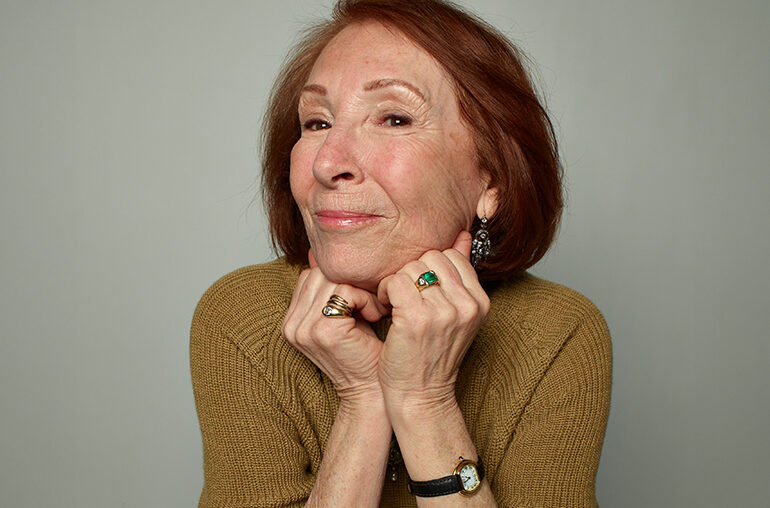
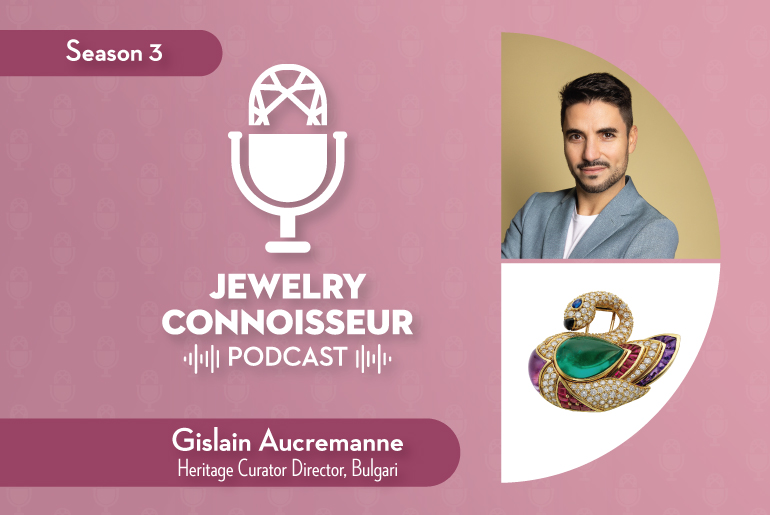
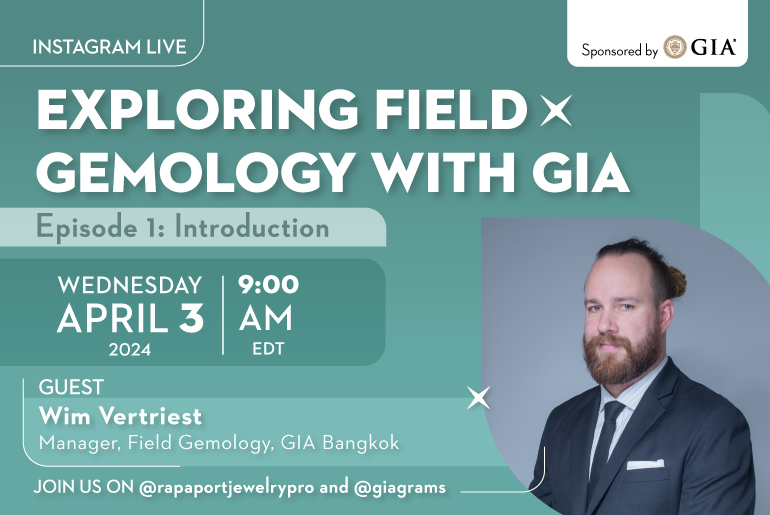
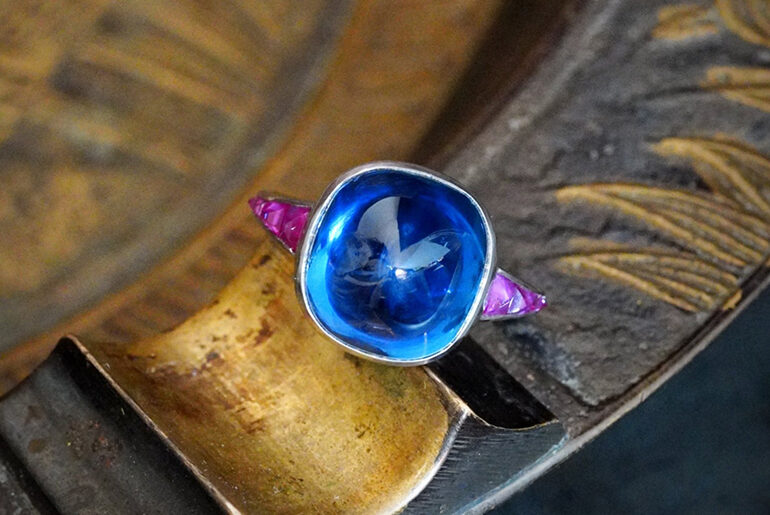
Comments are closed.